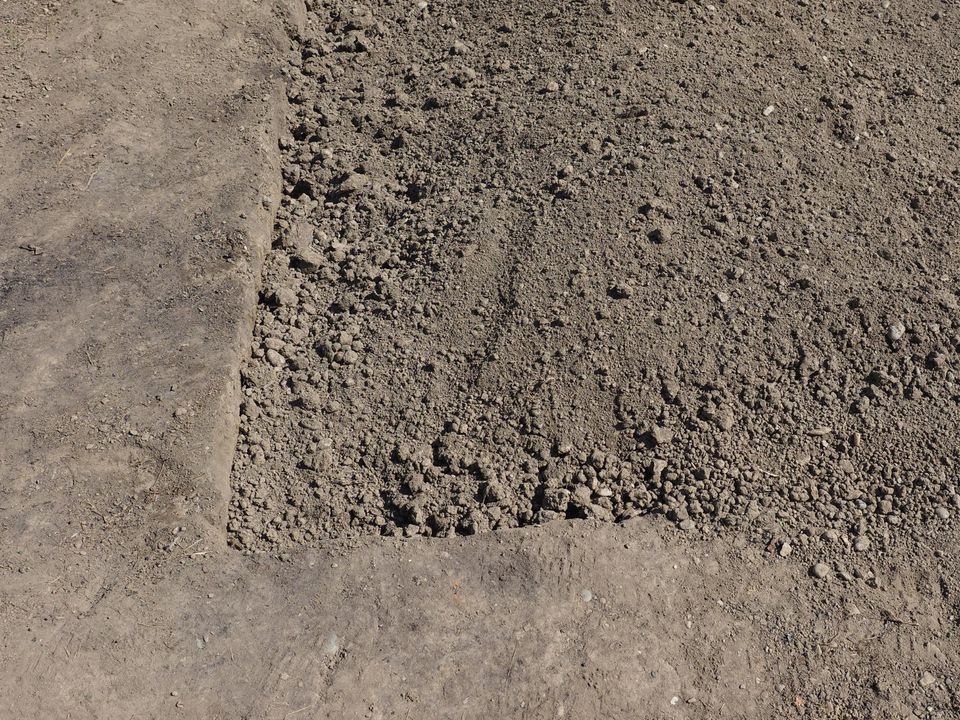In the world of construction, soil cement is gaining popularity as a versatile and reliable material. It combines soil with cement to create a durable and stable mixture that supports various building projects. Soil cement stands out for its ability to improve the strength and longevity of structures, making it a preferred choice for many construction professionals.
One of the main advantages of using soil cement is its cost-effectiveness. By utilizing the existing soil on the construction site and mixing it with cement, we can significantly reduce the need for additional materials. This not only cuts costs but also speeds up the construction process. Additionally, soil cement is an environmentally friendly option, as it minimizes waste and reduces the carbon footprint associated with transporting new materials.
Soil cement is also known for its excellent stabilization properties. It helps to bind loose soil particles together, creating a solid base that can withstand heavy loads and resist erosion. This makes it ideal for various applications, from road construction to building foundations. As a result, soil cement is becoming an essential component in modern construction, offering both economic and environmental benefits.
What is Soil Cement and How is it Used in Construction?Soil cement is a mixture of soil, cement, and water that forms a durable, hard material when compacted. The process begins by blending the existing soil on a construction site with a predetermined amount of cement and water. This mixture is then thoroughly blended and compacted to achieve a specific density and strength. The result is a solid and stable base that can support various types of construction.
Soil cement is commonly used to create a stable base layer under pavements in road construction. This method helps strengthen the subbase and improve the road's load-bearing capacity. Soil cement is also useful in building foundations, reinforcing the ground and preventing settlement issues. Additionally, the material is ideal for slope protection, helping to prevent erosion and landslides. By using the existing soil, we save on costs and materials, making soil cement an efficient choice for numerous construction applications.
Key Benefits of Using Soil Cement for Building ProjectsOne of the primary benefits of using soil cement is its cost-effectiveness. Soil cement makes use of the soil already present at the construction site, reducing the need for new materials. This lowers transportation costs and minimizes the carbon footprint associated with hauling materials to and from the site. The use of local resources not only brings down expenses but also speeds up project timelines, allowing for quicker completion.
Furthermore, soil cement adds significant strength and durability to construction projects. Its properties help to stabilize the soil, reducing the risks of shifting and settling that can compromise the integrity of buildings and roads. In addition, soil cement's resistance to weathering and erosion extends the lifespan of structures built with it. This results in reduced maintenance costs and fewer repairs over time. The combination of cost savings, efficiency, and enhanced durability makes soil cement a smart choice for various construction needs.
Comparing Soil Cement to Traditional Construction MaterialsSeveral notable differences emerge when we compare soil cement to traditional construction materials like asphalt and concrete. Unlike asphalt, soil cement provides a more durable solution that resists weathering and erosion effectively. Asphalt can degrade under harsh weather conditions and heavy traffic, leading to frequent repairs and maintenance. Soil cement's robust nature ensures a longer lifespan, reducing the need for ongoing maintenance.
In relation to concrete, while both materials offer strength and durability, soil cement is often more cost-effective. Concrete requires a significant amount of raw materials and labor to produce and install. On the other hand, soil cement leverages the existing soil at the construction site, adding only cement and water. This simplicity results in lower costs and a quicker installation process. Traditional materials also generate more waste, whereas by utilizing local soil, we align with sustainable construction practices and reduce our environmental impact.
How to Implement Soil Cement: Best Practices and TipsWe follow a series of best practices and tips to achieve the best results when using soil cement. First, conducting a thorough soil analysis before starting the project is crucial. This helps to determine the soil type and its properties, ensuring that the right mix of cement and water is used. Proper blending of these components is essential to achieve the desired strength and stability of the soil cement.
Secondly, proper compaction plays a vital role in the effectiveness of soil cement. Using the right equipment, we compact the mixture to the specified density. This step is crucial for eliminating air pockets and ensuring a uniform, solid base. Regular testing during the compaction process helps to maintain consistency and quality. Additionally, allowing adequate curing time ensures the mixture sets correctly, providing the intended durability and strength.
ConclusionUnderstanding the benefits and applications of soil cement in construction is vital for anyone involved in building and infrastructure projects. As we have discussed, soil cement offers a cost-effective, durable, and environmentally friendly solution for various construction needs. Its ability to stabilize soil and create a solid foundation makes it a valuable material for roads, foundations, and slope protection.
At Terra-Firma Stabilization & Reclamation, we specialize in utilizing advanced techniques like
soil cement to improve the stability and longevity of your construction projects. If you want to enhance your next project's strength and durability with sustainable practices, contact us today. Let's build a stronger, more resilient future together.

